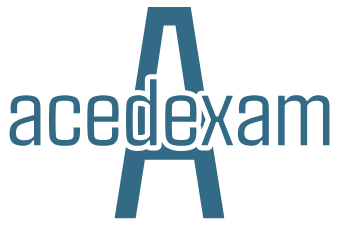Building with continual iteration – Enterprise Design Considerations
Building cloud solutions can be a complex process, especially when trying to build for large enterprises. One option when first developing your cloud adoption is to fully define and build your management tooling upfront; however, this can take some time and delay your ability to realize the cost benefits. Another approach is to build a …
Building with continual iteration – Enterprise Design ConsiderationsRead More
Identity – Enterprise Design Considerations
How your users are authorized and authenticated is often one of the first considerations. Will you use a single Active Directory for all users? Will you have multiple directories for different environments? Will you combine internal users and external clients using guest accounts or separate them? For example, Azure offers B2B and B2C integrations that …
Optimizing costs – Enterprise Design Considerations
Cloud solutions can be built with incredible flexibility around the resources they consume. We can create systems that dynamically respond to usage so that they scale automatically as needed. Serverless options also allow for solutions that cost near zero when not being used. By way of an example, services such as Azure functions are billed …
Optimizing costs – Enterprise Design ConsiderationsRead More
Understanding governance, risk, and security – Enterprise Design Considerations
A small company will be largely unencumbered by some governance requirements and will only need to worry about more general practices such as data protection and employment laws. Larger companies, especially those that are publicly listed, or involved in highly regulated areas such as finance, will have very explicit rules that they must adhere to. …
Understanding governance, risk, and security – Enterprise Design ConsiderationsRead More
Looking at process differences – Enterprise Design Considerations
In the previous chapter, we began looking at Azure design from an everyday working perspective, looking at examples of how to engage with customers, and then gather, map, and document requirements. In this final chapter, we complete the beyond the exam theme by looking at what specific considerations we need to make when designing enterprise …
Looking at process differences – Enterprise Design ConsiderationsRead More
Mapping requirements – Engaging with Real-World Customers
It may seem obvious, but we need to ensure requirements are recorded and referred to during the projects life cycle. Especially with agile projects, requirements can change through the project, and any such decisions need to be logged and updated along with the reasons why they were changed. There are specialist tools available to help …
Mapping requirements – Engaging with Real-World CustomersRead More
Understanding performance requirements – Engaging with Real-World Customers
Performance is not just your solution’s ability to respond in a timely manner, but its ability to change in response to varying levels of demand. Cloud solutions provide the ability to scale out and up dynamically, but this of course comes at a cost. If demand is directly related to generating revenue, then we may …
Understanding performance requirements – Engaging with Real-World CustomersRead More
Exploring common goals – Engaging with Real-World Customers
Microsoft Azure advises following what is known as the Well-Architected Framework, which covers the five key pillars that need to be considered when designing solutions. Following these areas is a great way to ensure that your design has captured the main points and provide a starting point for your requirements gathering. As a refresher, the …
Exploring common goals – Engaging with Real-World CustomersRead More
Gathering requirements – Engaging with Real-World Customers
There are many examples of projects that have overrun budgets and timeframes, and quite often this is because of a lack of, or at least understanding of, requirements. The choice of an agile delivery method over a waterfall approach is sometimes driven by the fact that it is difficult for customers to know what they …
Gathering requirements – Engaging with Real-World CustomersRead More
Working with customers – Engaging with Real-World Customers
In the last chapter, we completed the logging and monitoring topic, and the part of the book that covers the AZ-304 exam requirements. In this chapter, we’ll look beyond specific design considerations and look at more general working practices in cloud architecture. What we cover in this and the next chapter will not be included …
Working with customers – Engaging with Real-World CustomersRead More
